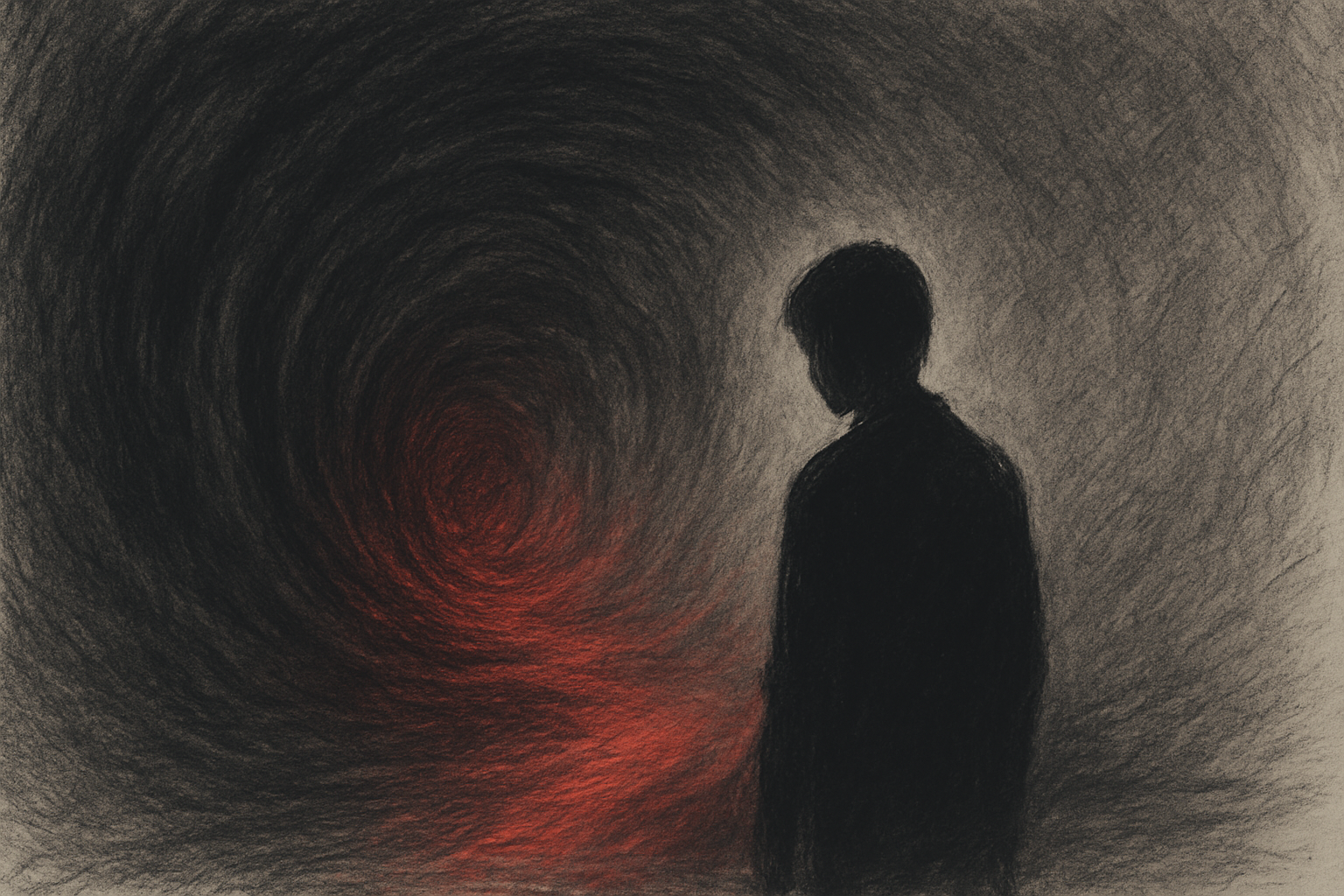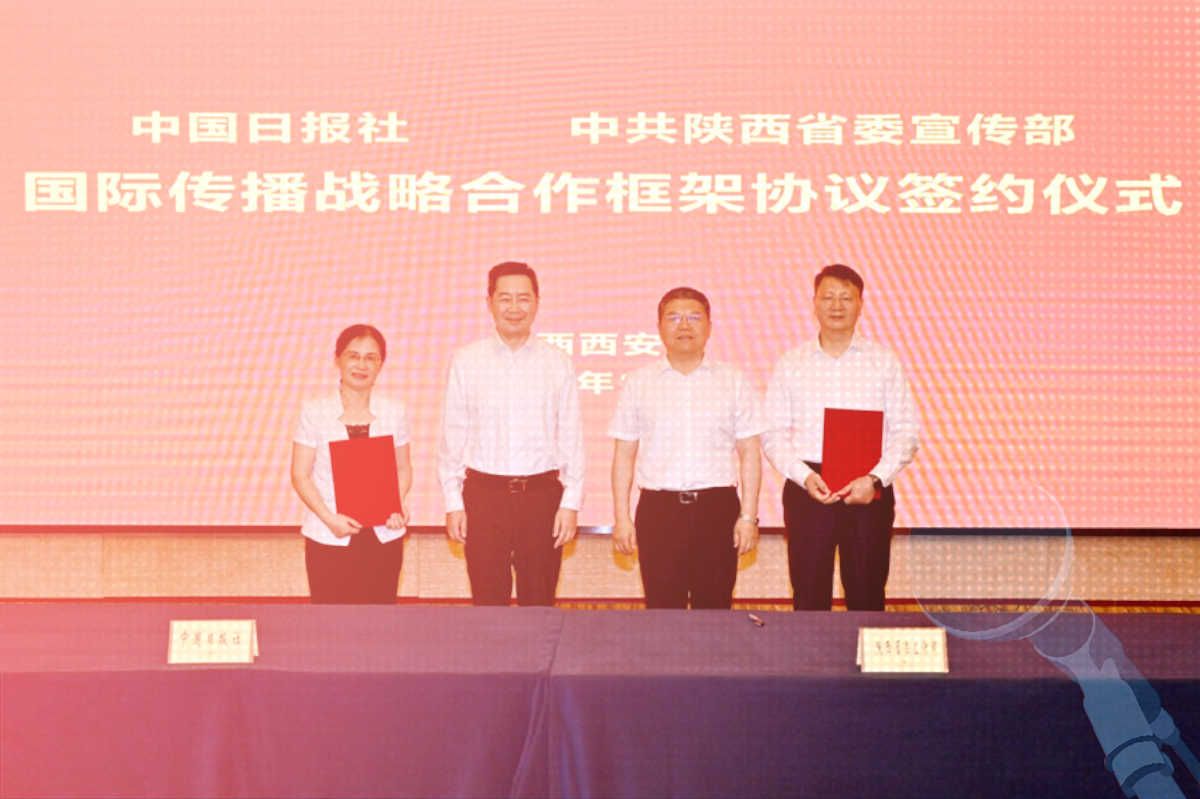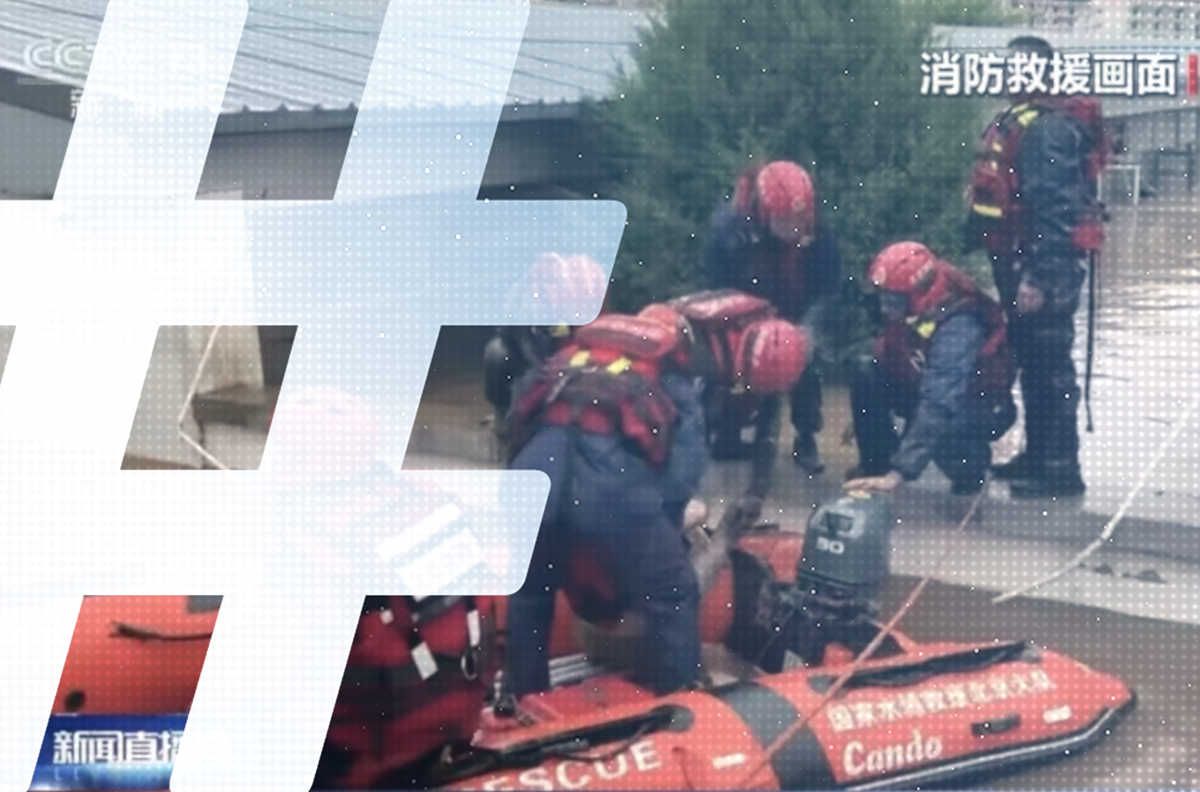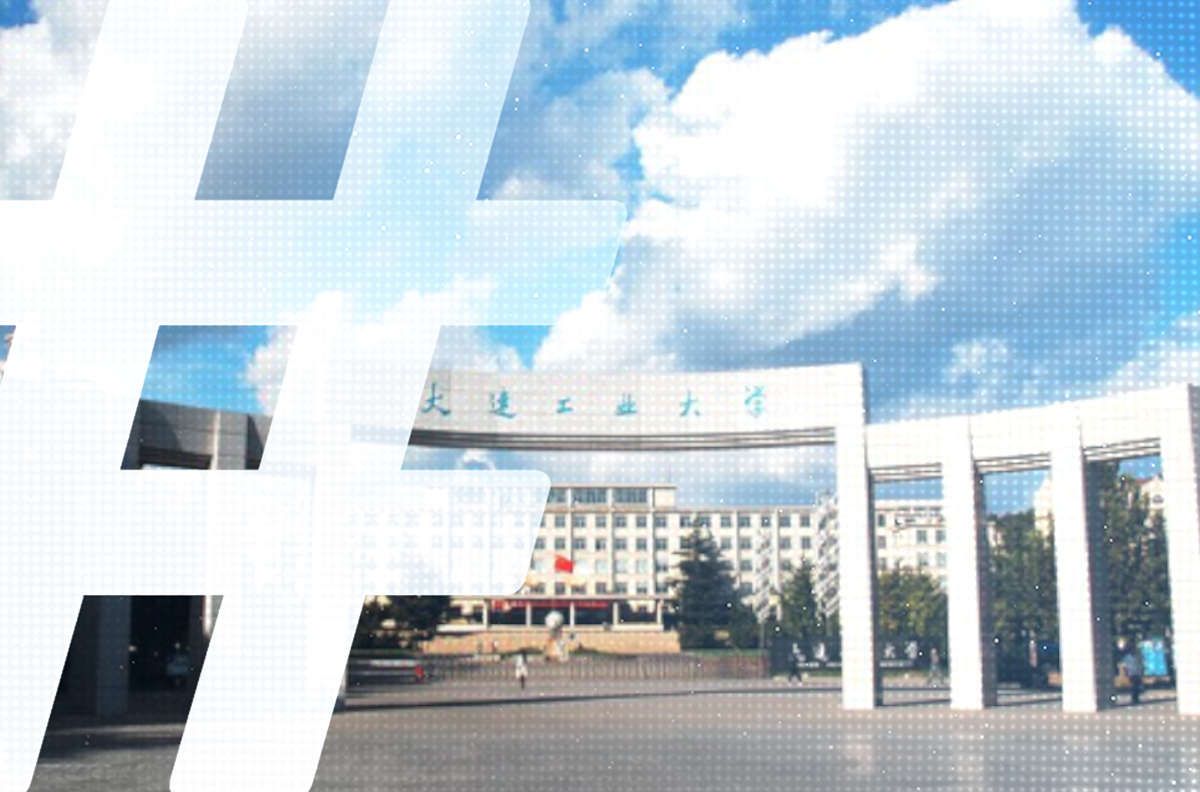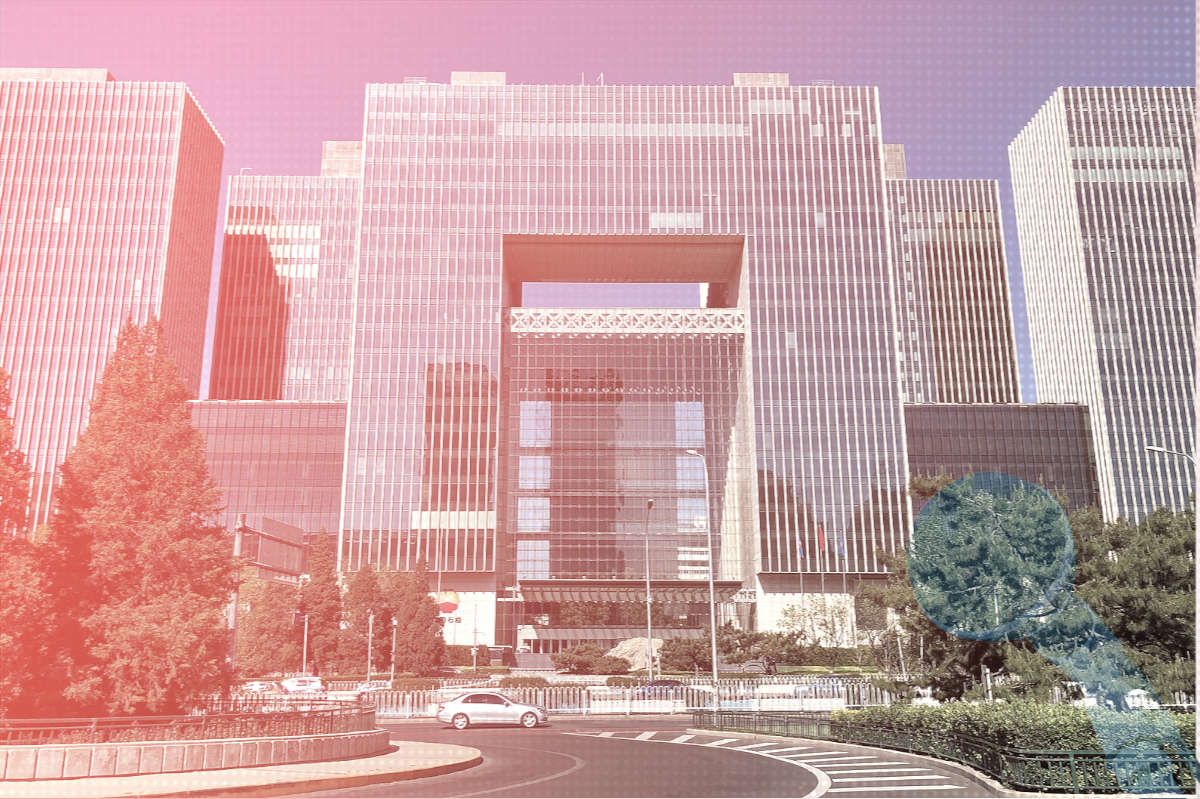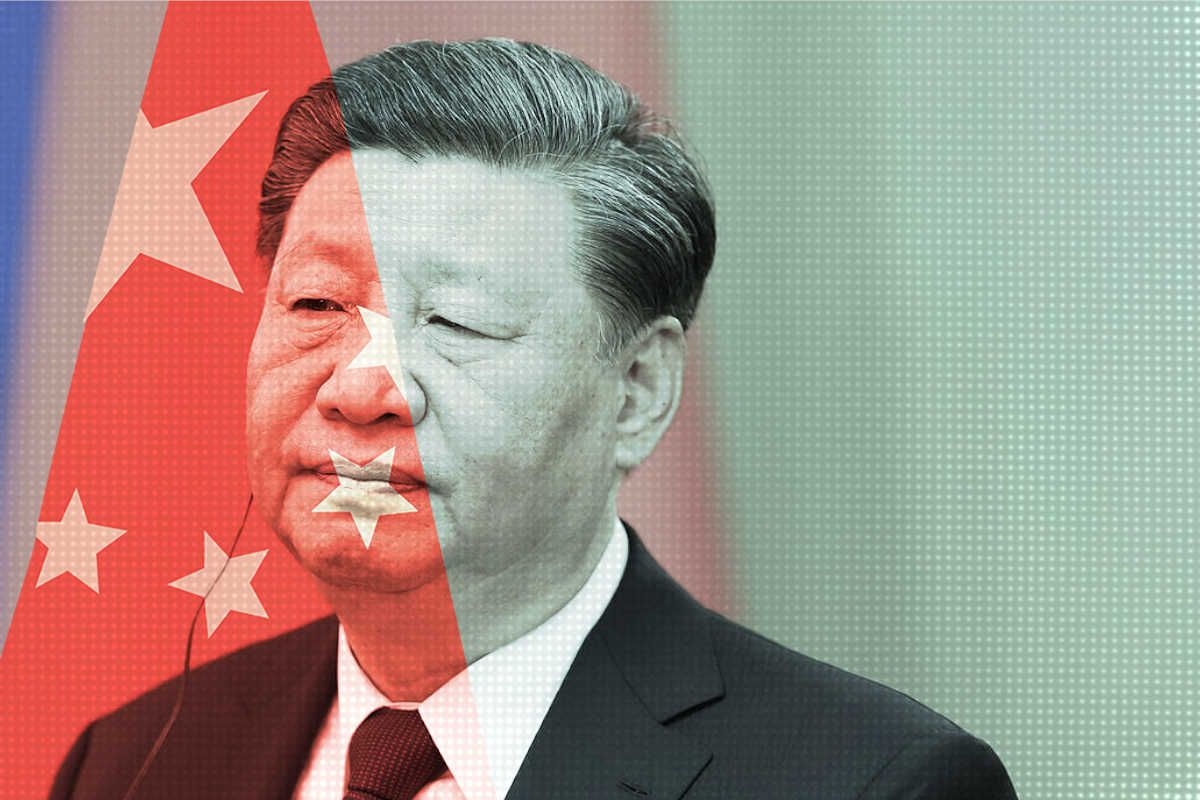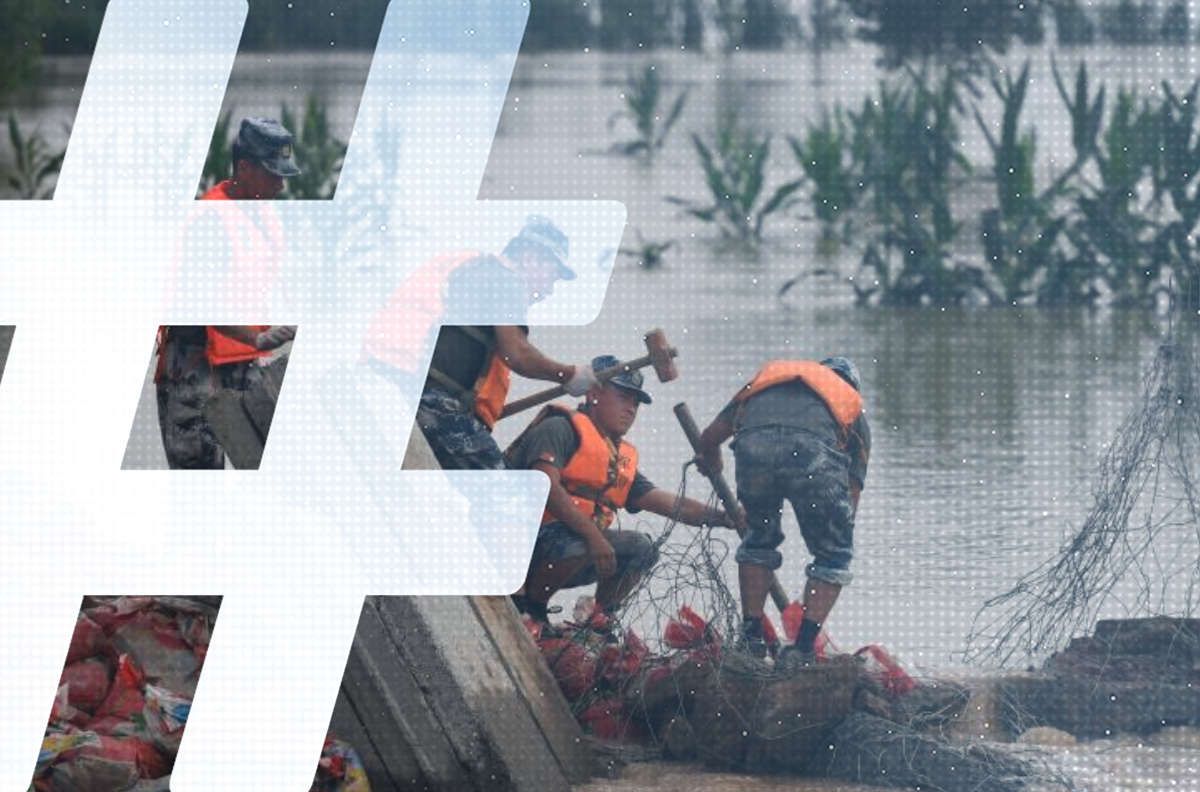Under the leadership of founding editor Hu Shuli (胡舒立), Caijing magazine was for close to a decade an undisputed leader of professional journalism in China. The publication was a rare example in China of a magazine focusing on business and finance, with hard-hitting investigative reporting on business corruption, for example, but also strong in its coverage of current affairs.
Hu Shuli’s resignation from Caijing in late 2009 after a dispute with the magazine’s owner over editorial control was rued by many journalists as a sign of China’s worsening press environment, where political pressures squeeze media from the top while commercial interests squeeze them from beneath. And there were concerns too, as Hu Shuli walked off with the core members of her professional editorial staff at Caijing to pilot a new magazine, New Century News, that this spelled the end of Caijing as a leader in professional journalism.
Caijing has fared rather well, however, under the leadership of a new team of top editors, including CMP fellow Jin Liping (靳丽萍).
One of the strengths of Hu Shuli’s Caijing was its ability to report on public health issues (like the 2003 SARS epidemic) and disasters (like the 2008 Sichuan earthquake), and the magazine’s coverage of disastrous mudslides in Zhouqu, Gansu Province, is an encouraging sign that it has not lost touch with this tradition.
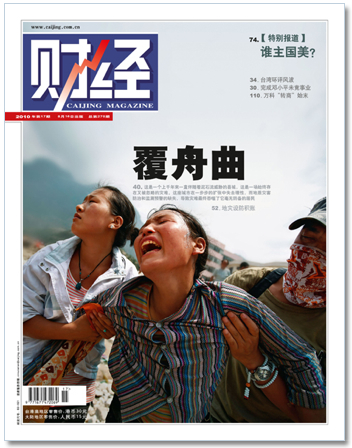
Hopefully, Caijing‘s coverage will serve as an example to other media in China to raise their professional game as the CCP pushes for the dominance of core central party media in the reporting of sudden-breaking news incidents — and actively discourages exploration into the deeper story.
The following is a selected translation of a recent report for Caijing filed by reporters Ouyang Hongliang (欧阳洪亮), Hu Jianlong (胡剑龙) and Wei Xue (韦雪) from Zhouqu. Our translation accounts for roughly a quarter of the report.
The heady smell of corpses permeates this small city tucked away in a mountain valley. Now and again comes the sound of passersby retching as they clutch their noses.
The lower floors of many of the buildings are completely buried in the thick mud. The boss of one corner store roots down into a shelf buried to the top in mud and manages to fish out soiled boxes of Furongwang brand cigarettes and Tuopai Wine. This 40-something man, in the prime of his life, lets out gentle gasping sobs as he wipes the mud carefully from the packages.
It is the third day since the disastrous mudslides struck Zhouqu, in Gansu Province. The urban disaster area is a boundless and desolate expanse of mud. Under the scorching hot sun, bubbles form in the pools that gather in the low-lying areas, where flies flit about over water colored with blood.
Team after team of firemen, police, officials, soldiers gather in the midst of this muddy expanse. They use picks and shovels to dig holes down ten feet and more, clearing away the corpses. Each time rending shouts and weeping surge up signals that yet another body has been uncovered.
Family members, covered head to foot in mud, grasp on to each other at the openings in the mud as they exhume their loves ones, first the hands or the feet. All seem insensible to the stench of the corpses. In places where whole families fell, kinsfolk undertake the search, or friends, or colleagues. Some keep funeral clothing folded out at the digging site, ready to cover the bodies once they are dug free.
It’s impossible to imagine that it was quiet and peaceful here just days ago. That there were shops and homes here among the green trees. That the twisting streets were crowded and bustling with people. That sunlight shone upon the eight great red characters on the mountainside above the Bailong River: “A hidden jewel on the river, the natural spring city of Zhouqu” (藏乡江南,泉城舟曲).
The mudslide that roared through this place in the deep of night claimed at least 1,156 lives. But this number counts only the long-term residents, and migrant workers, so difficult to count, have not entered into these statistics.
It will be written into the history of Chinese disasters, that on August 7, 2010, at 11:50 p.m., after a thunderstorm swept through this area, close to two million square meters of mud came coursing down through Three Eye Canyon at the head of Zhouqu and destroyed half of the city.
This is a county seat that has, for a thousand years, lived alongside the danger of mudslides. This is a disaster that has ever existed and yet been ignored. This city lost touch with its senses through each step of expansion, and a blindness to disaster prevention, monitoring and warning meant that disaster swallowed up the city’s ill-prepared residents.
In China, there are at least 150 cities at the county level and above that face the danger of mudslides . . . As our cities boom and expand, as our cities expand chaotically, as the destructive cost to the natural environment grows heavier, and as disaster preparedness and early warning lag behind — all of these greatly increase the dangers of mudslides.
The pain and senseless death of Zhouqu, the loss of innocent life, the flesh and blood, stand to us as a warning, as a warning and a prelude. They ask: can we deliver ourselves from this cycle?
Crowning Calamity
The signal suddenly dropped on the phone.
When the mudslide occurred, Liu Jiqin’s (刘吉琴) nephew was talking on the phone with his girlfriend. The last thing the girl heard was someone shouting that the electricity was out, and when she called back there was a caller unavailable message. There is no way to find him now. The two had planned to marry on August 15. She’s wept for three days straight, and won’t eat or drink a thing.
A light rain was coming down on the night of August 7, and they went off to bed like any other night . . .
In fact, the fate of this county town, built itself on a mudslide, has always been inextricably linked to mudslides.
According to geological records, Zhouqu County has 43 danger points that are prone to slides, and the Bailong River Canyon is where slides have happened most frequently. The urban area of Zhouqu is the area in the county where landslide damage is most severe . . .
In the more than 180 years since records began in 1823, there have been 11 major mudslides in Three Eye Canyon, all doing substantial damage to the town. The most recent major disasters were in 1989 and 1992. Smaller mudslides happen every year on average . . .
Ecological Environment Imbalanced
The destruction of vegetation [in this area] has exacerbated the dangers of mudslides.
The eight characters — “A hidden jewel on the river, the natural spring city of Zhouqu” — still hang on the mountainside in Zhouqu, but the naked hillsides and the devastation of this most recent mudslide belie the good name of this “hidden jewel.”
According to the Zhouqu County Records, “Zhouqu is a mountainous terrain, with peaks rising one over the other and a land of sprawling green . . . In the 1950s the county was covered with lush forests, a picturesque scene of hills and waters, with crisp and clear air . . . Subsequent wide-scale logging destroyed the forests . . . and erosion became a serious problem.”
Historical records make clear that while Zhouqu was once a place fresh and green, several decades of chaotic exploitation raped the forest resources here. Before the national government banned logging here in 1998, logging accounted for 95 percent of Zhouqu’s economy . . .
Three Eye Canyon, where this most recent mudslide occurred, was also once covered in dense forests, with large trees that shut out the sunlight. But in the 1980s these too were destroyed. Most of the homes in the neighboring villages were built with wood from Three Eye Canyon. It was not until after the Wenchuan earthquake of 2008, [which also affected this area], that these were rebuilt using bricks.
According to available statistics, Zhouqu County’s logging industry was sustained until 1990 and an estimated 1,265 square kilometers of forest were cut down, and most areas were left with only shriveling secondary growth. With the added destruction wrought by illegal cutting, Zhouqu’s original forest coverage of 67 percent fell to 20 percent. With the destruction of the forests, the entire ecological system met with extreme devastation.
Zhouqu’s resource advantage shifted quickly from logging into hydropower and mining. According to media reports, logging was stopped in 1998, and after the year 2000 Zhouqu began an aggressive program of hydropower station construction along the Bailong River and its tributaries. Up to now, 55 hydropower stations have been approved in Zhouqu County, with a total installed capacity of 540,000 kilowatts. Twenty-seven of these have already been constructed . . .
Mining for ore deposits is now the way of life in Zhouqu. According to official statistics, “this county’s mineral resources are rich and abundant, and the prospects for exploitation are vast.” . . .
[THERE IS A LARGE SECTION HERE ON URBAN EXPANSION]
Insufficient Early Warning
As the old saying goes, “Like a blind man riding a blind horse, and arriving in the deep of night.” And so the city expanded, its people insensible to the grave danger that loomed at their side.
That night, 40 migrant workers were sleeping in tents at the mouth of the canyon. They had been working on a dam repair project along a road heading into Three Eye Canyon. As the mudslide approached they had no idea. The lowest of the tents were carried away by the mud, and 8 workers lost their lives.
Since the 1992 mudslide, 18 years had passed and Zhouqu had experienced nothing of its kind. But the monster was quietly gathering its force, and the geological dangers were always there. If there had been more timely warning and management, more people might have been spared.
Liang Zhiheng (黎志恒), head of the Gansu Geological and Environmental Monitoring Center, believes that if a comprehensive and effective early-warning system had been in place, the mudslide could have been predicted at least 40 minutes before it occurred.
In fact, on the night of the disaster, thunderstorms had battered the mountains since around 8 p.m. They had fallen for a full three hours, but only light rain had fallen in Zhouqu itself. During these three hours, from the time of the thunderstorms in Three Eye Canyon to the time of the mudslide, there were no warnings at all.
Local villagers say that since mudslide monitoring stations were withdrawn from Three Eye Canyon in 1997, the more than 10 kilometer long stretch of the canyon has been devoid of people. Along the entire expanse of the canyon there is now only a temple at the peak, in which lives a monk in his seventies. Perhaps only he knew at the first moment that a mudslide was about to occur, but there is no phone in the temple, and it’s a journey of roughly three hours from the peak down to the city.

